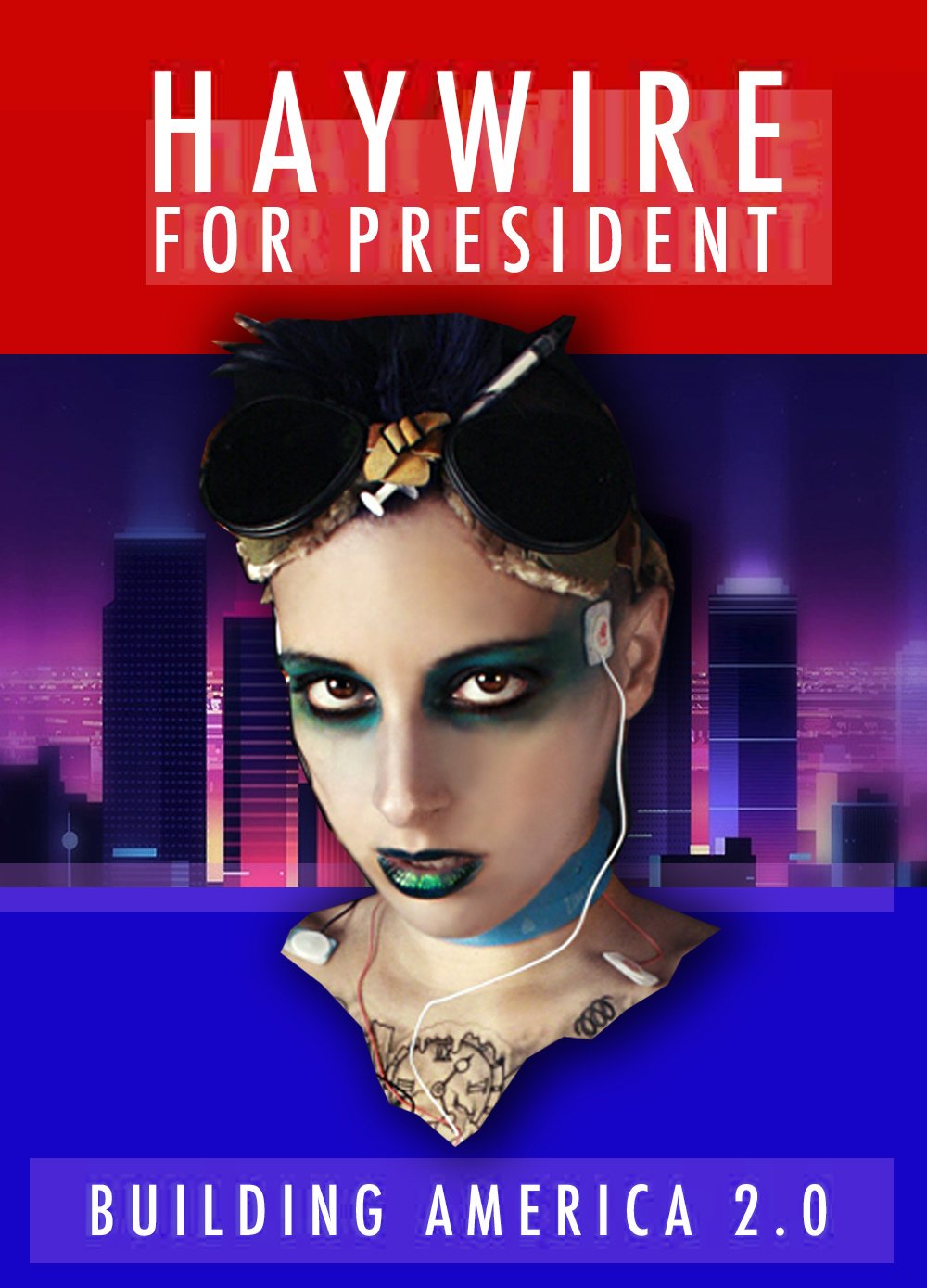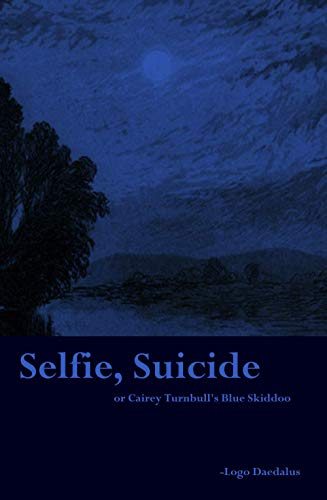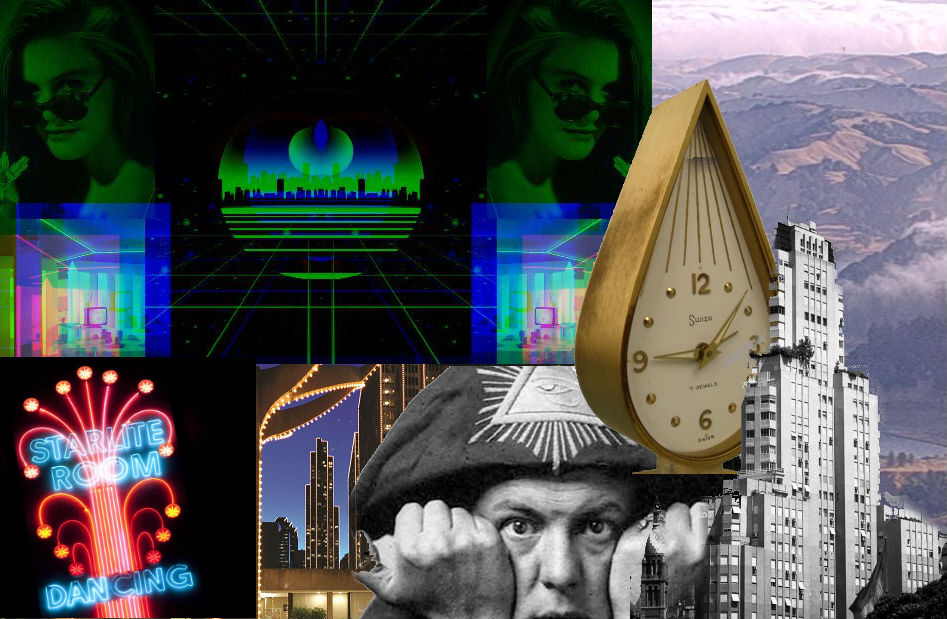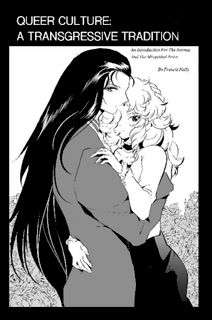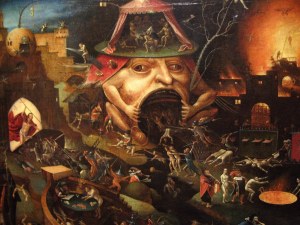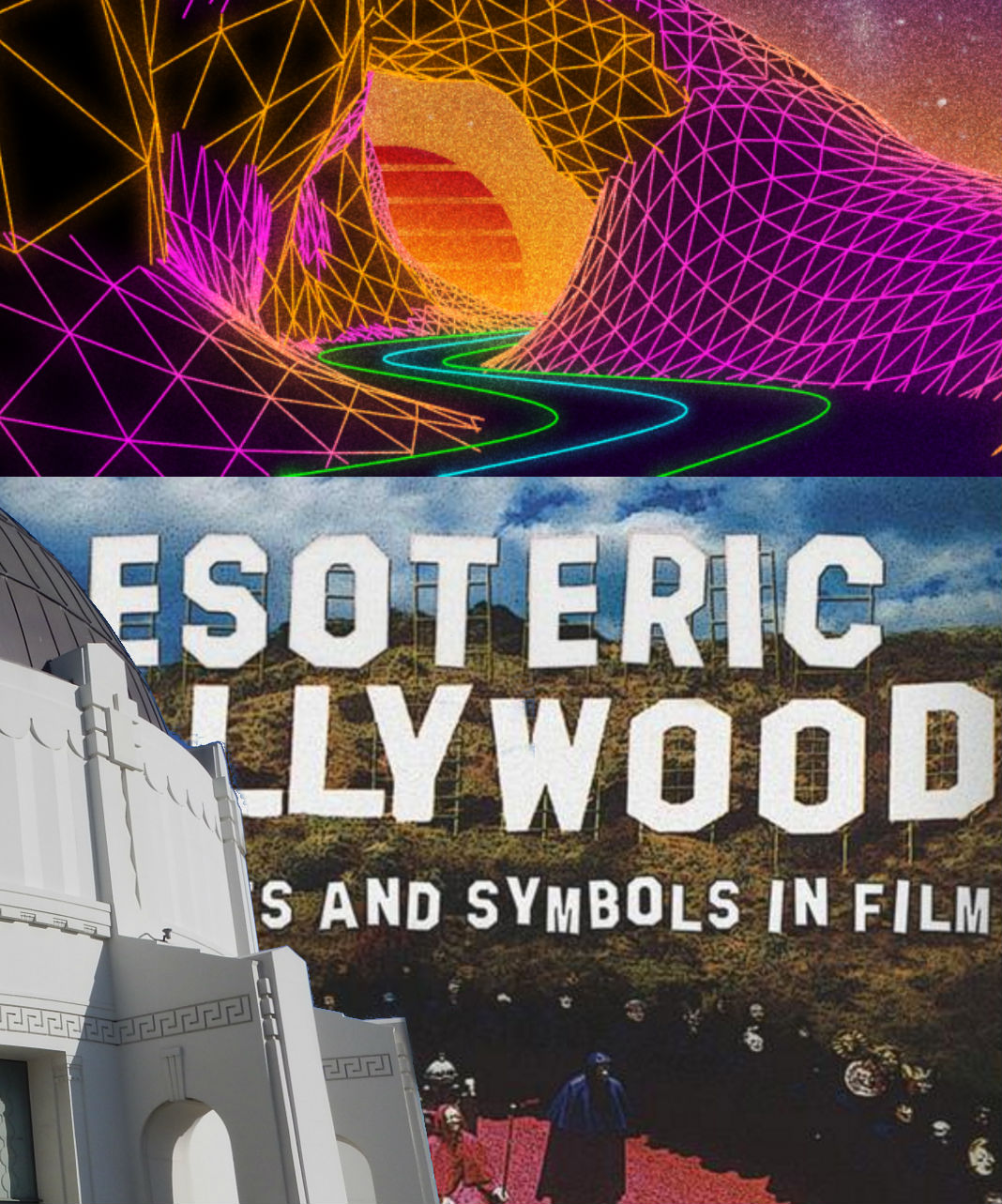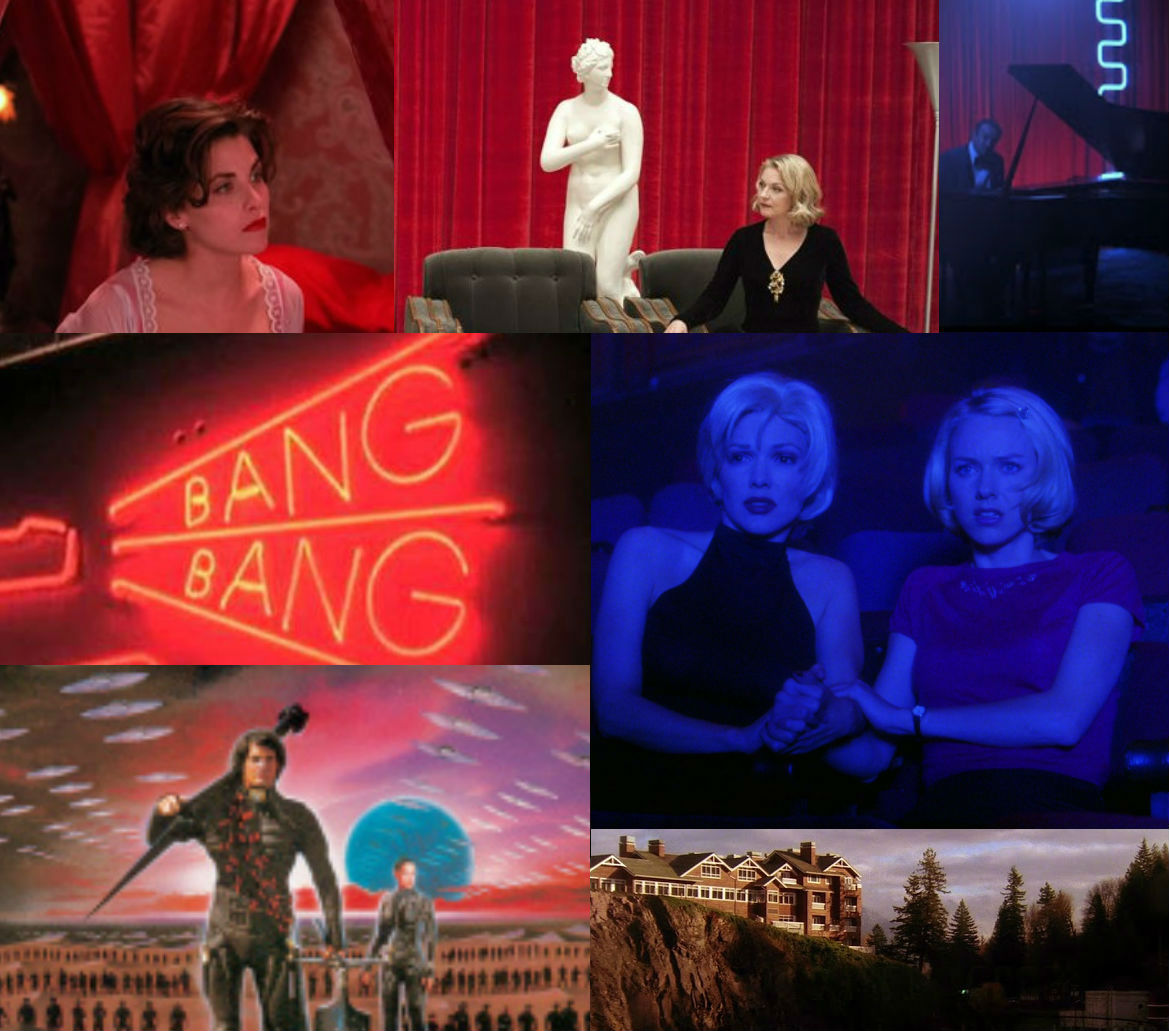Robert Stark, Francis Nally, and Matthew Pegas talk to Rachel Haywire about her proposal to fund the transgressive arts. Rachel Haywire is a candidate for President for the Transhumanist Party.
Topics:
The stifling of creative expression by the gatekeepers
How transgressive arts creates an outlet for alienated people to express themselves
Imperium of the mind, building virtual worlds where one can express their deepest darkest desires
Making art profitable by giving creators access to tools to reach their market
Image control and how people at the top are not giving consumers what they want
Increase the importance of merit and decrease importance of credentialism
How aesthetics are the backbone of civilization
The need to view economic systems as tools to bring about desired social outcomes
How a basic income would create a cultural renaissance
Automate bureaucracy to fund the basic income
How creative endeavours are more immune from automation
Will you let me into the Verso Loft?
Recent Debate Among U.S. Transhumanist Party Presidential Candidates(note show recorded before debate)
Click Here to download!
Checkout Robert Stark’s Facebook page, Twitter, Instagram, Stark Truth TV, and novel Journey to Vapor Island
